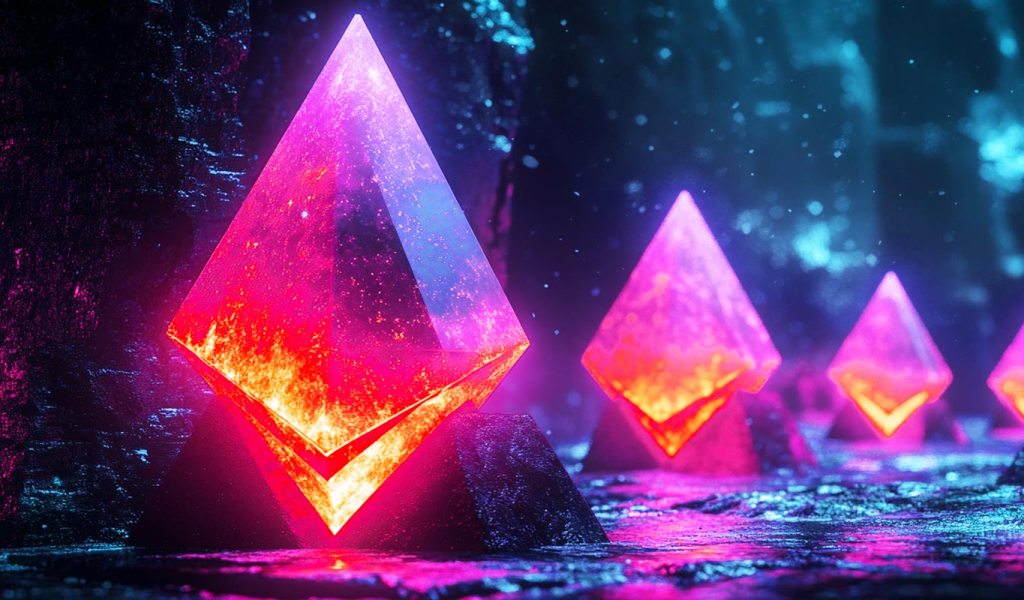
The beverage maker has filed a total of four trademarks with the United States Patent and Trademark Office.
According to recent filings with the United States Patent and Trademark Office (USPTO), Monster Energy has four pending trademark applications related to the nonfungible tokens (NFTs) and metaverse realms.
The first trademark application consists of downloadable virtual goods comprised of, but not limited to, beverages, food, supplements, sports, gaming, music, and apparel. According to the filing, such downloadable multimedia assets will be "authenticated by NFTs." Also included in the application are computer programs facilitating blockchain data interactions.
The second filing consists of retail store and online retail store services authenticated by NFTs, as well as an "online marketplace for buyers and sellers of virtual goods." Similarly, the third filing involves entertainment services related to such virtual apparel. Finally, the fourth filing consists of providing an online software to facilitate the transmission of digital assets among users powered by blockchain technology.
Based on data provided by the USPTO, it can take up to 7.4 months for the agency to process first-time trademark applications.
There appears to be a surge in companies entering the NFT and metaverse spaces with intellectual property applications this year. Earlier this month, the New York Stock Exchange filed a trademark application for trading NFTs. At roughly the same time, McDonald's filed trademarks for "McMetaverse" restaurants, which also includes its iconic McCafe brand.
Related: Chinese companies embark on a metaverse trademark race
Last month, Meta (formerly Facebook) submitted applications for registering Bitcoin (BTC) and crypto service trademarks in Brazil. The same month, Walmart, too, submitted seven patent filings connected to its plans to create its own digital currency and NFT collection.
